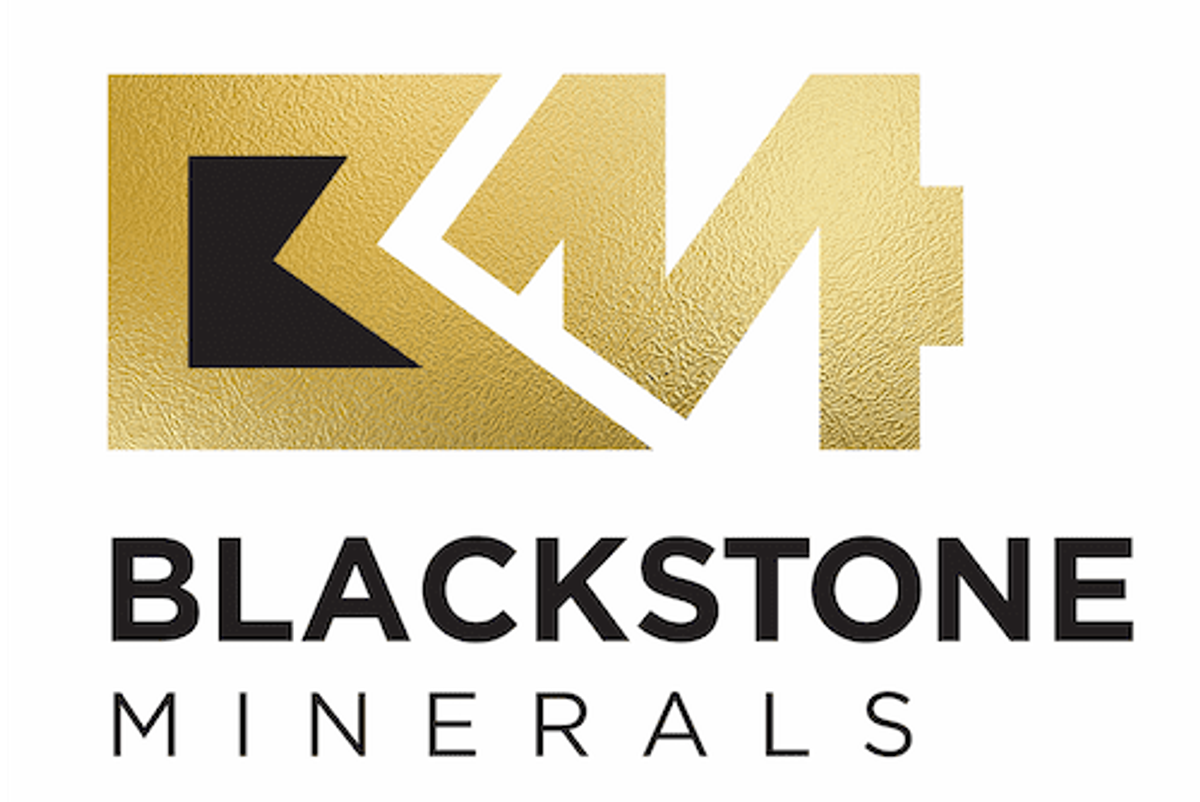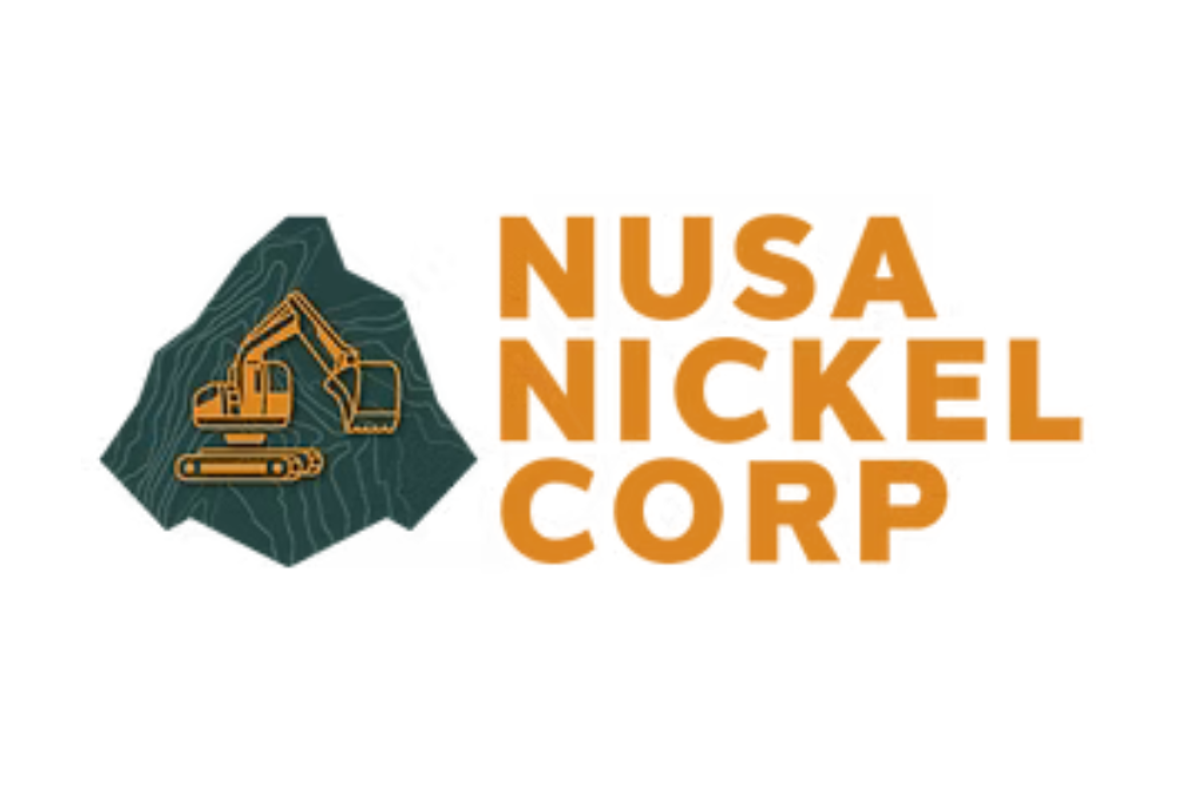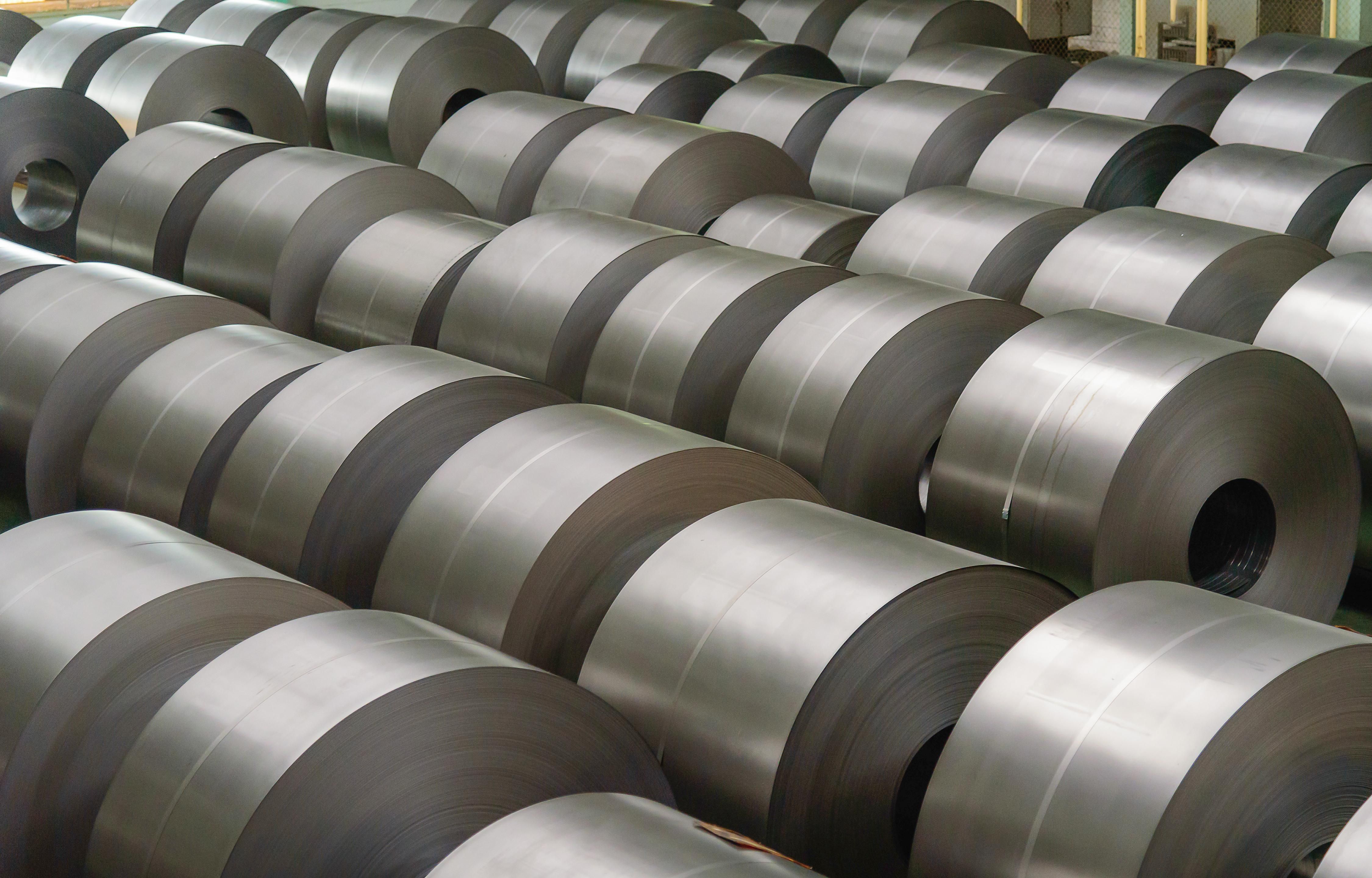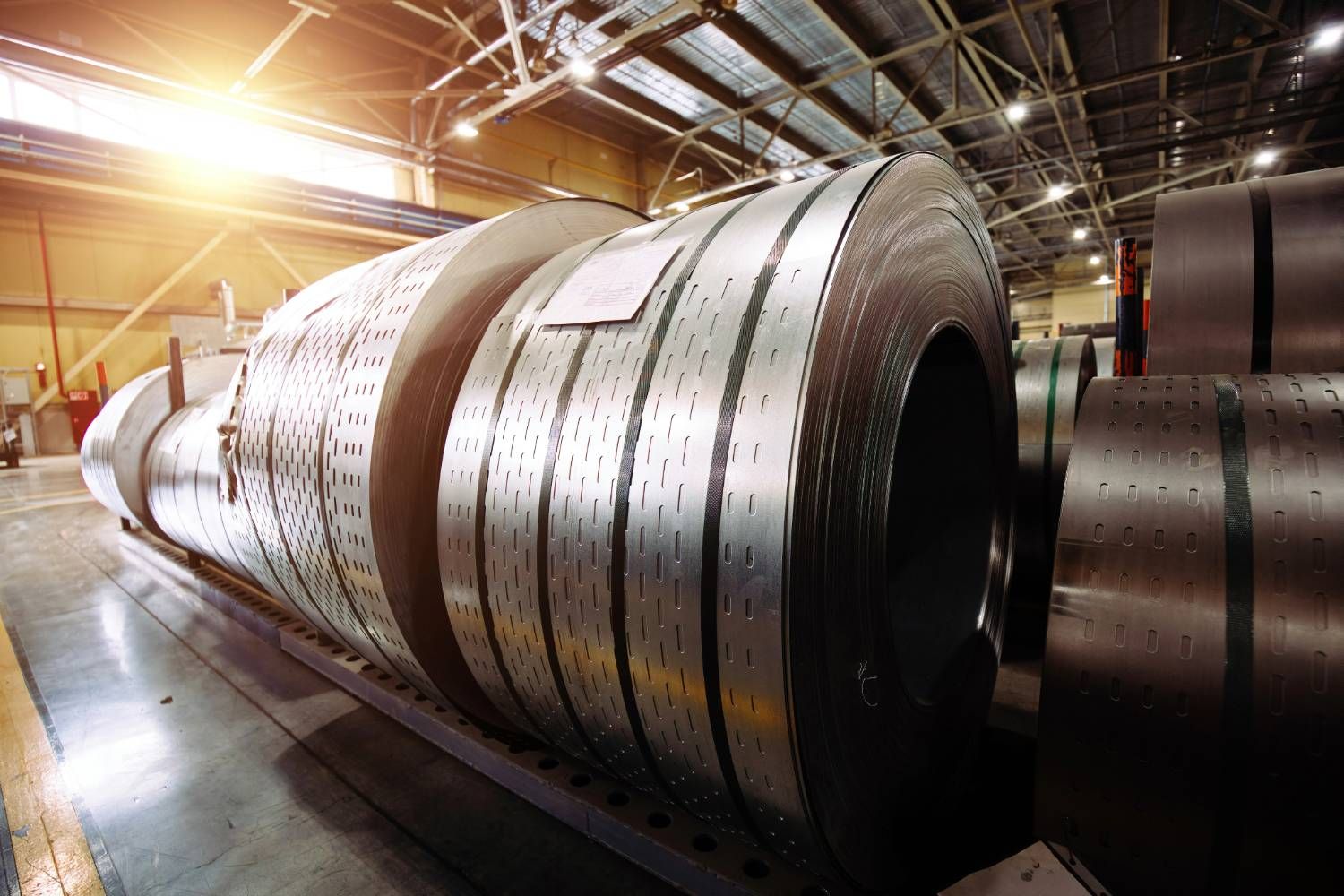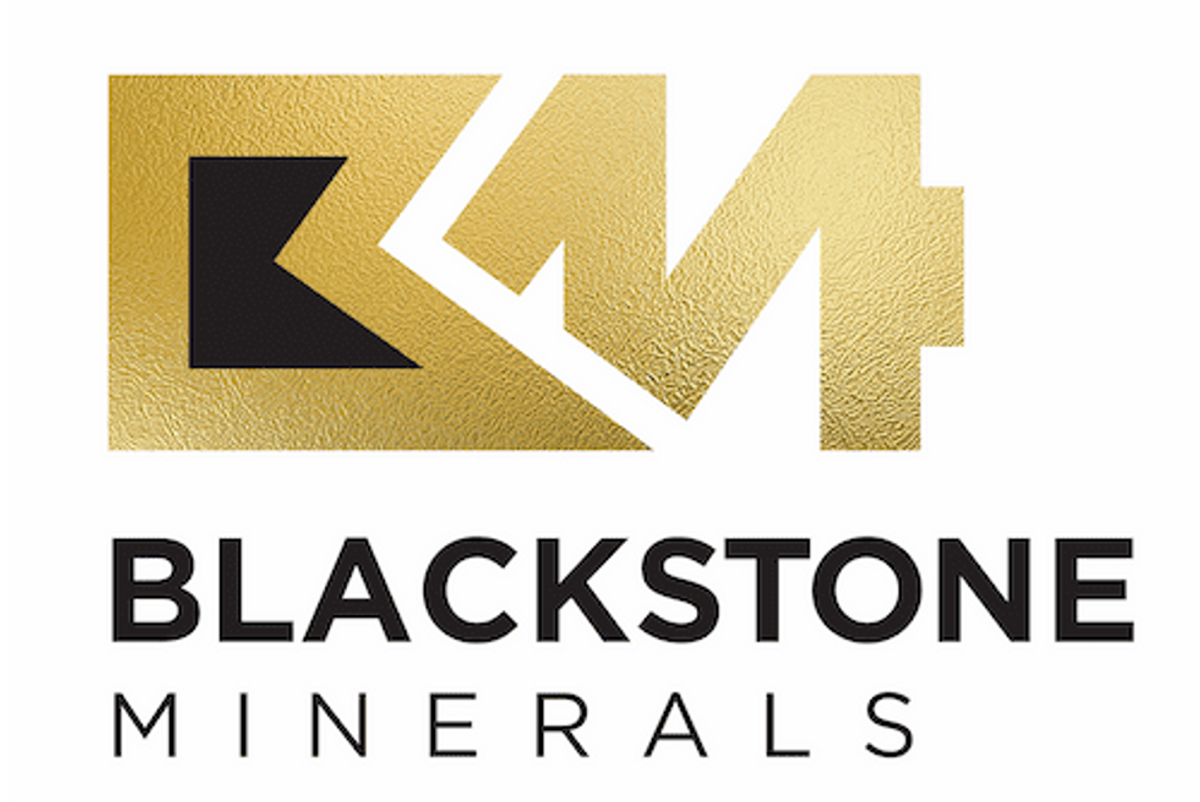
- NORTH AMERICA EDITIONAustraliaNorth AmericaWorld
December 04, 2023
Blackstone Minerals Limited (“Blackstone” or the “Company”) is pleased to announce it has entered into an option agreement with CaNickel Mining Limited (TSX.V:CML) (“CaNickel”) where Blackstone will have a 12-month period and exclusive right to acquire the Wabowden nickel project in Manitoba, Canada (“Wabowden”).
HIGHLIGHTS
- Blackstone has executed an option agreement to acquire 100% of the Wabowden nickel sulphide project located in the world-class Thompson Nickel Belt in Manitoba, Canada.
- Attractive opportunity for Blackstone given large scale resource base, established infrastructure, low- cost hydro power and synergies with Blackstone’s other strategic nickel interests in Manitoba.
- Wabowden is well matched to Blackstone’s expertise and integrated nickel strategy.
- Large scale resource base of 230Mt at 0.56% nickel for 1.3Mt of contained nickel1, with significant growth potential. 1 The Mineral Resource Estimate is a Foreign Resource Estimate and has been prepared in accordance with the Canadian National Instrument 43-101. A competent person has not done sufficient work to classify the foreign estimate as a mineral resource in accordance with the JORC Code 2012, and is uncertain whether further evaluation and exploration will result in an estimate reportable under the JORC Code 2012.
- Includes the well-maintained Bucko mine and processing facility which retains key operating permits.
- The acquisition of Wabowden would provide Blackstone significant optionality and can remove
- Blackstone’s need to secure third-party feed to fill its Ta Khoa Refinery for multiple decades.
- Ability to benefit from Manitoba’s Critical Minerals Strategy and USA’s Inflation Reduction Act (“IRA”).
- Strategic 12-month option for cash payment of C$1.1 million.
- Option period provides Blackstone the ability to optimise various development and funding pathways including joint venture partnerships, government funding, royalty, debt and equity opportunities.
- Effective total acquisition cost of only A$0.03 per pound of nickel provides significant value opportunity for a re-rate in value.
- Blackstone undertaking an accelerated non-renounceable pro rata entitlement offer to raise up to approximately A$10.2 million.
- Proceeds to support Wabowden option opportunity, complete the Definitive Feasibility Study (“DFS”) for Blackstone’s Ta Khoa Refinery and progress Blackstone’s strategic partnerships process.
For a video summary of the announcement head to the Blackstone Investor Hub by clicking here
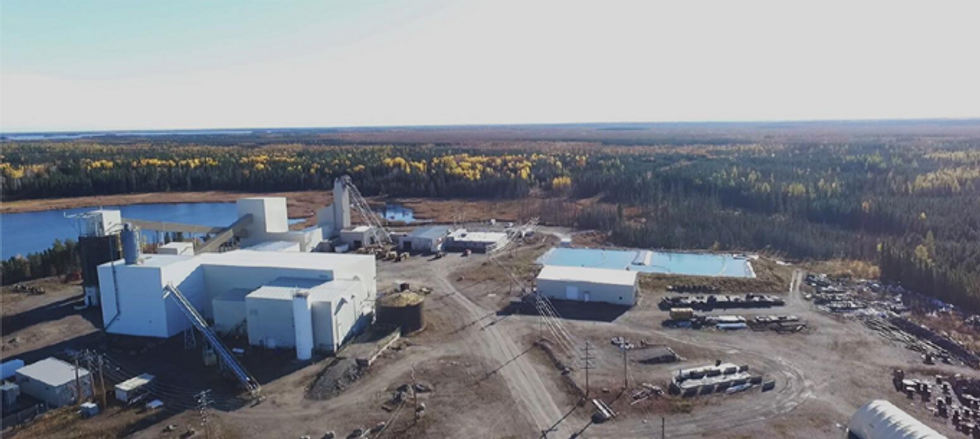
Blackstone Minerals’ Managing Director, Scott Williamson, commented:
“Wabowden is one of the most advanced nickel sulphide projects in North America today and is highly complementary to our plans for the Ta Khoa Refinery in Vietnam, making it a transformative and compelling growth opportunity for Blackstone.
With a resource of 1.3 million tonnes of contained nickel, Wabowden would substantially increase our global mineral resource and could secure all the feed required for the Ta Khoa Refinery, removing our dependency on sourcing third-party feedstock. It could also establish a key central point of operations in Manitoba for Blackstone to potentially consolidate its existing nickel interests in Manitoba, as well as other nickel assets in the region.
In addition, it’s location in the tier-one jurisdiction of Manitoba, with access to 100% renewable power, aligns with our goals to produce Green Nickel™, meaning that Wabowden ticks all the boxes that are important to our goals and the project would be complementary to the strategy we are executing. Wabowden’s location in Manitoba also could secure a nickel feedstock that is compliant with the United States’ Inflation Reduction Act, which is also attractive as demand for battery-grade nickel continues to increase.
Blackstone’s strategy is to progress a much larger scale operation better suited to the large-scale resource and by changing mining methods and leverage existing infrastructure develop a potentially globally significant nickel mine, capable of completely filling the nickel concentrate requirements at Ta Khoa.
We are also delighted by the attractive acquisition option structure and terms we have secured which provides Blackstone considerable operational leverage and value.
Securing long term low carbon IRA compliant nickel feed for the Ta Khoa Refinery has been a key question from potential JV Partners. This option agreement provides greater certainty over the nickel feed sourcing strategy for Ta Khoa, which is an important factor in the selection of a JV Partner, and the Company will provide an update on this soon.”
Click here for the full ASX Release
This article includes content from Blackstone Minerals, licensed for the purpose of publishing on Investing News Australia. This article does not constitute financial product advice. It is your responsibility to perform proper due diligence before acting upon any information provided here. Please refer to our full disclaimer here.
cobalt explorationnickel miningasx stocksgold explorationnickel investingasx:bsxnickel stocksnickel exploration
BSX:AU

Sign up to get your FREE
Blackstone Minerals Investor Kit
and hear about exciting investment opportunities.
- Corporate info
- Insights
- Growth strategies
- Upcoming projects
GET YOUR FREE INVESTOR KIT
The Conversation (0)
25 July 2025
Blackstone Minerals
A diversified developer of battery-grade nickel and copper-gold assets in Southeast Asia
A diversified developer of battery-grade nickel and copper-gold assets in Southeast Asia Keep Reading...
28 December 2025
Managing Director Resignation and Board Changes
Blackstone Minerals (BSX:AU) has announced Managing Director Resignation and Board ChangesDownload the PDF here. Keep Reading...
24 October 2025
Quarterly Activities/Appendix 5B Cash Flow Report
Blackstone Minerals (BSX:AU) has announced Quarterly Activities/Appendix 5B Cash Flow ReportDownload the PDF here. Keep Reading...
27 August 2025
BSX Secures JV Partner & Funding for Ta Khoa Nickel Project
Blackstone Minerals (BSX:AU) has announced BSX Secures JV Partner & Funding for Ta Khoa Nickel ProjectDownload the PDF here. Keep Reading...
25 August 2025
Trading Halt
Blackstone Minerals (BSX:AU) has announced Trading HaltDownload the PDF here. Keep Reading...
31 July 2025
Quarterly Activities/Appendix 5B Cash Flow Report
Blackstone Minerals (BSX:AU) has announced Quarterly Activities/Appendix 5B Cash Flow ReportDownload the PDF here. Keep Reading...
20h
Nusa Nickel Corp. Provides 2025 Year-End Corporate Update and 2026 Outlook
Nusa Nickel Corp. is pleased to provide a year-end update highlighting key achievements in 2025 and outlining strategic priorities for 2026 as the Company continues to build a vertically integrated nickel business in Indonesia.2025 Year-End Highlights-Successfully advanced into production during... Keep Reading...
29 December 2025
Top 5 Canadian Nickel Stocks of 2025
Nickel prices have experienced volatility in the past few years due to supply and demand uncertainty. While demand has been consistent, prices have been mainly influenced by structural oversupply stemming from high output from Indonesia, which rapidly increased output in recent years to become... Keep Reading...
23 December 2025
Top 5 ASX Nickel Stocks
Although countries around the world have been adding nickel to their critical minerals lists, many nickel companies have faced difficulties due to a tough price environment.Nickel prices stagnated during the second half of 2025 as market surpluses met weak demand growth.Much of the supply... Keep Reading...
22 December 2025
Nickel Price Forecast: Top Trends for Nickel in 2026
Nickel prices were stagnant in 2025, trading around US$15,000 per metric ton (MT) for much of the year.Weighing heavily on the metal was persistent oversupply from Indonesian operations. Meanwhile, sentiment remained weak amid soft demand growth from the construction and manufacturing sectors,... Keep Reading...
22 December 2025
Lundin to Sell Eagle Nickel-Copper Mine and Humboldt Mill to Talon Metals
Lundin Mining (TSX:LUN,OTC Pink:LUNMF) has agreed to sell its Eagle mine and Humboldt mill in Michigan to Talon Metals (TSX:TLO,OTCID:TLOFF), pivoting its US-based operations to focus on domestic supply. The transaction will see Lundin Mining receive 275.2 million Talon shares, representing 18.4... Keep Reading...
19 December 2025
Nickel Price 2025 Year-End Review
After peaking above US$20,000 per metric ton (MT) in May 2024, nickel prices have trended steadily down. Behind the numbers is persistent oversupply driven by high output from Indonesia, the world’s largest nickel producer. At the same time, demand from China's manufacturing and construction... Keep Reading...
Latest News

Sign up to get your FREE
Blackstone Minerals Investor Kit
and hear about exciting investment opportunities.
- Corporate info
- Insights
- Growth strategies
- Upcoming projects
GET YOUR FREE INVESTOR KIT
Interactive Chart
Latest Press Releases
Related News
TOP STOCKS
American Battery4.030.24
Aion Therapeutic0.10-0.01
Cybin Corp2.140.00
